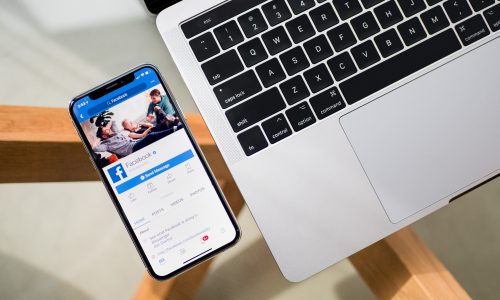For better or worse, the economy has been undergoing some unusual changes for some time now. One of the most noticeable changes gaining steam in the workplace is professional ghosting. This comes as the demand for workers continues to rise and employees become more aware of the surprising benefits of the gig economy. Add to that the fact that modern communication patterns have, essentially, normalized ghosting.
The result? A growing trend that’s negatively impacting both employers and job seekers.
What does the new workplace ghosting trend mean?
How unusual is it that candidates ignore calls from hiring managers eager to offer them a new opportunity? Or for new employees to never even show up for the first day of work? It sounds odd, but it’s a growing trend that’s catching employers off guard. According to an Indeed survey, nearly half of prospective employers believe ghosting happens more often than before.
Of course, it’s not just employees who are getting ghosted. According to Forbes, more job offers are being rescinded after the employee submitted a notice to their current employer. While this may not technically count as “ghosting,” it does speak to the abandonment sentiment that’s growing at an alarming rate in the professional world. Plus, just 27 percent of employers report that they haven’t ghosted potential employees during the hiring process, according to Indeed’s survey.
This latest trend is haunting even freelancers and contractors. According to The Harvard Business review, more entrepreneurs are getting ghosted by new professional contacts. It’s becoming as common on LinkedIn as it is on dating websites.
Why is ghosting on the rise in the workplace?
With the job market becoming red hot once again, candidates have their choice of prospects. We learned in recent years that low unemployment means more opportunities for job seekers. So just because a candidate accepted an offer from one employer doesn’t mean that they’ve closed off other options. If another employer offers them a better deal, off they go. And since they haven’t developed any rapport with what would have been their new employer, they often feel no need to send them a notice.
As we said earlier, rescinded job offers have increased over the past year. This is mainly due to the adverse impact of COVID-19 restrictions. More businesses have been forced to either close or scale back their operations. The growing supply chain shortage is also putting a strain on companies and their ability to expand. Sometimes, these setbacks impact businesses unexpectedly — forcing them to take drastic measures on the fly. Additionally, hiring managers are generally told to prioritize internal referrals, so an influx of these candidates may shift the employer’s hiring focus. Alternatively, candidates who don’t show initiative or follow up are quickly passed over, even if an interview went well.
How can workplace ghosting be prevented?
For employers, building rapport early is key to reducing ghosting. Make candidates feel valued from the beginning. Give them a reason to feel guilty for ghosting your business. Keep the pressure off and invite them to speak up.
Also, communicate with care. Keep an open-door policy (metaphorically) for prospects and especially new hires. Check in with them to see if they need or want additional information before starting their new position. Also, make it easy for them to remove themselves from the candidate pool. That way, they can comfortably accept other opportunities they feel would be a better fit for them without leaving a potential employer high and dry.
Consider how your hiring process impacts candidates. Does it need to be as long as it is? Because if so, you might be pushing away a quarter of your prospects. This increases the chances of getting ghosted, especially as our collective attention spans continue to shrink.
It’s also worth considering changes to “how you’ve always done things.” Even as we ease out of the pandemic, more prospects still expect remote and hybrid work. During the pandemic, new workflows were developed that have helped make remote workforces more practical for virtually any industry. If employees don’t have to be on-site, maybe they shouldn’t be.
For prospective employees, one of the best things they can do is follow up. This shows employers that you are interested. Also, thoughtfully corresponding with a potential employer gives them more confidence in your ability to contribute on the job. If follow-ups go unanswered, politely reach out on another channel like LinkedIn.
Ghosting in the workplace has introduced unique challenges for job seekers and employers looking to fill vacant positions. Both sides of the equation have noticed that they are being ghosted more often, which can be incredibly disheartening. However, improving communication can help alleviate this burden. Even if a job candidate is not a good fit, they can at least know why they didn’t make the cut, and employers can learn what types of opportunities are attractive to an ideal employee.






